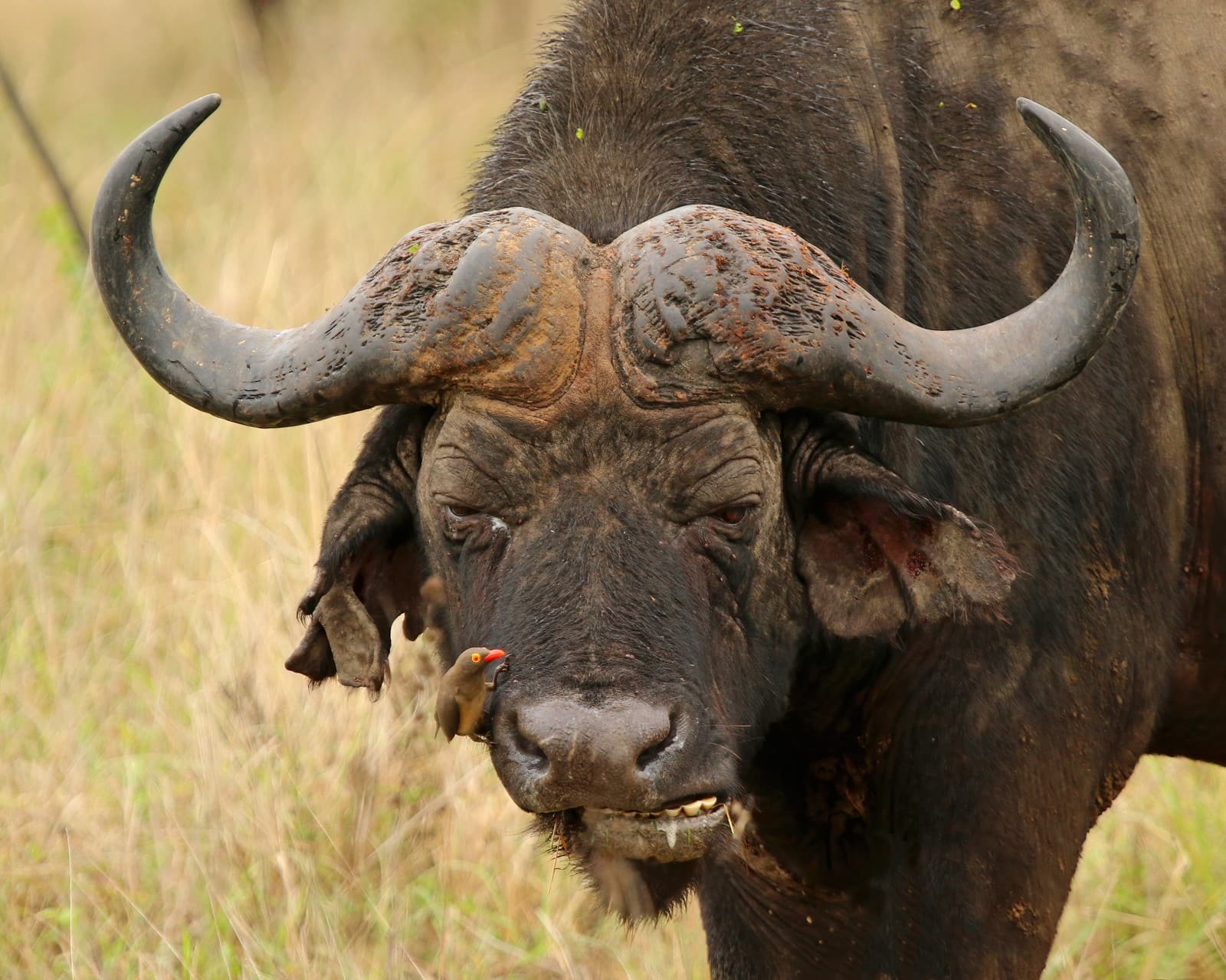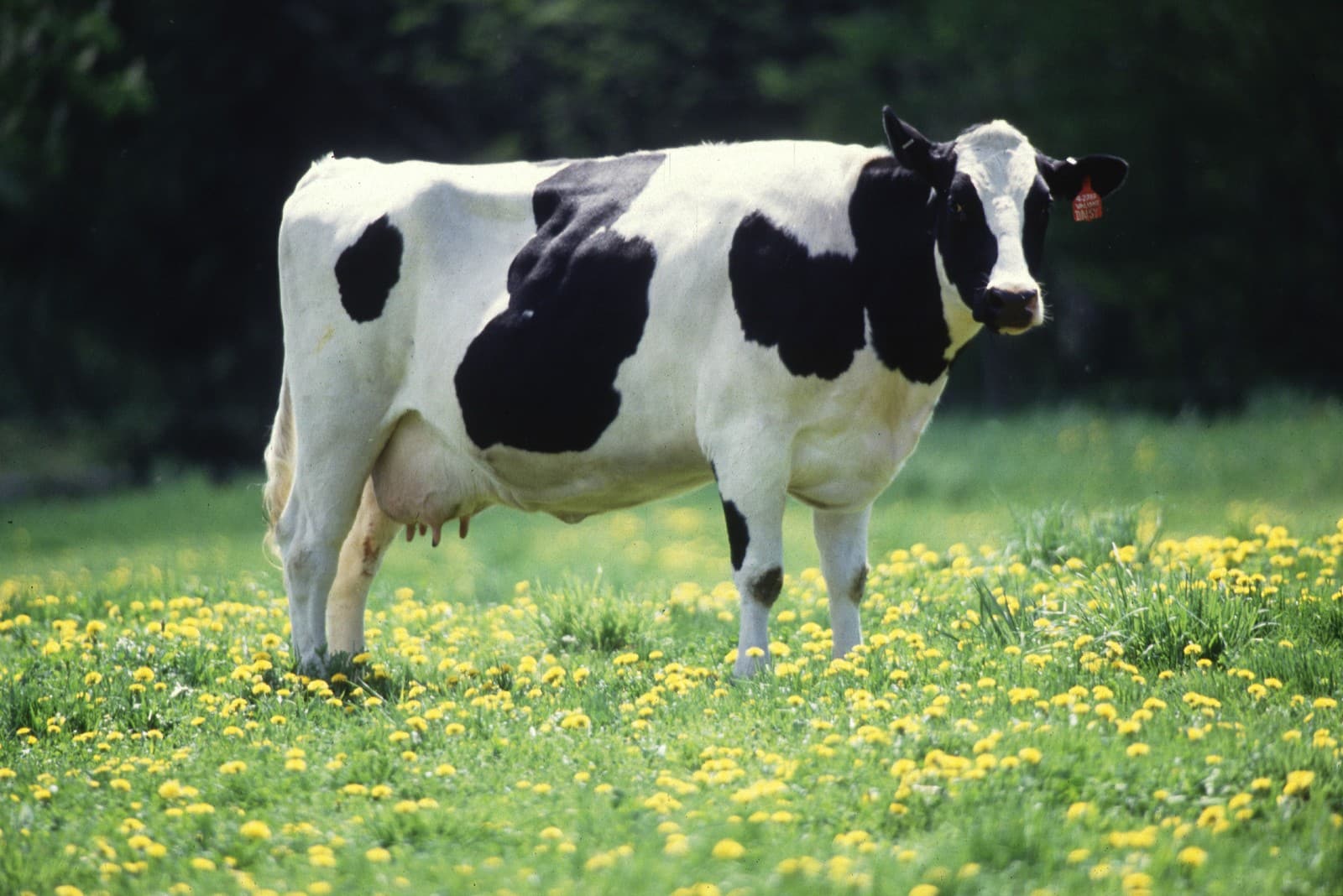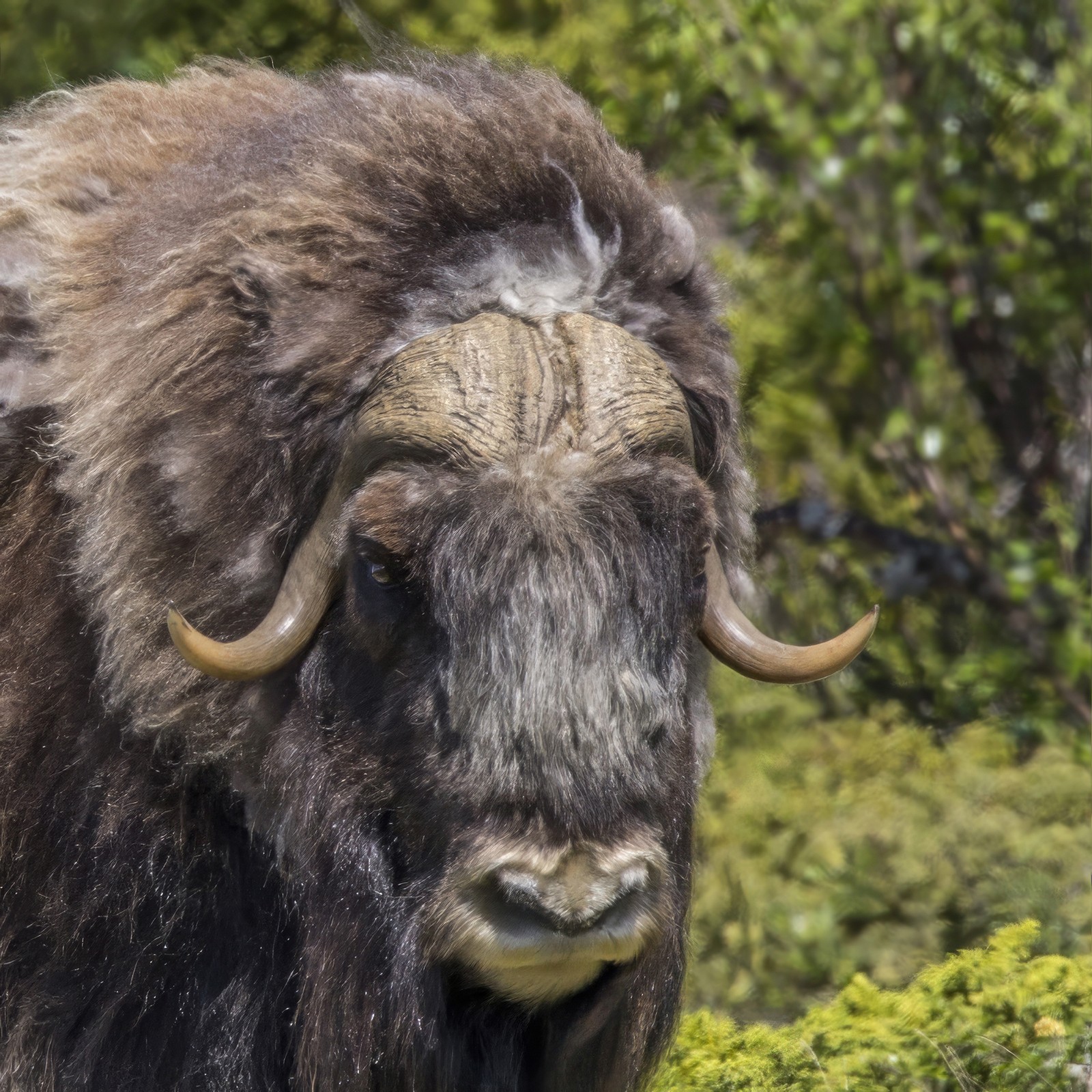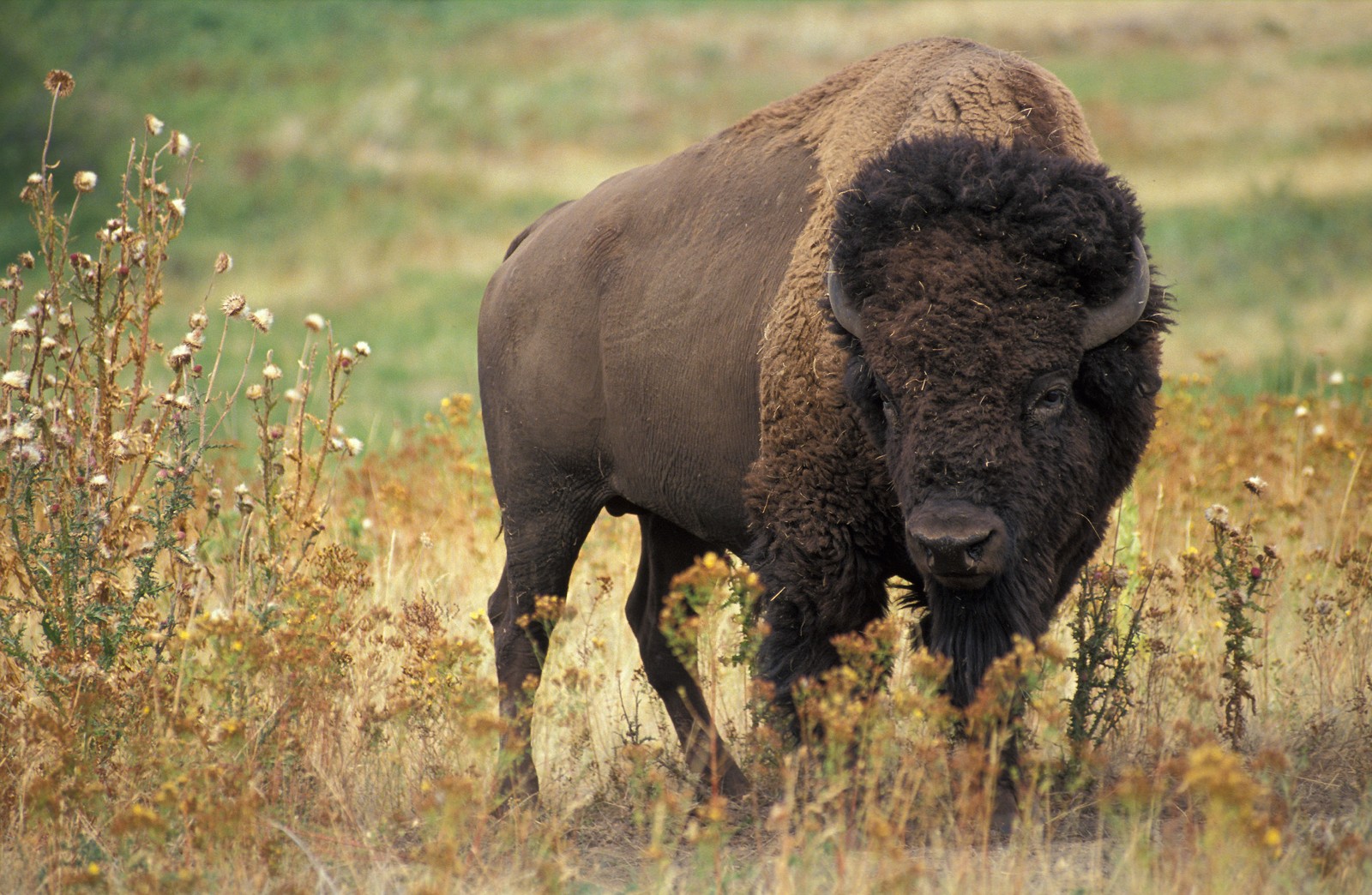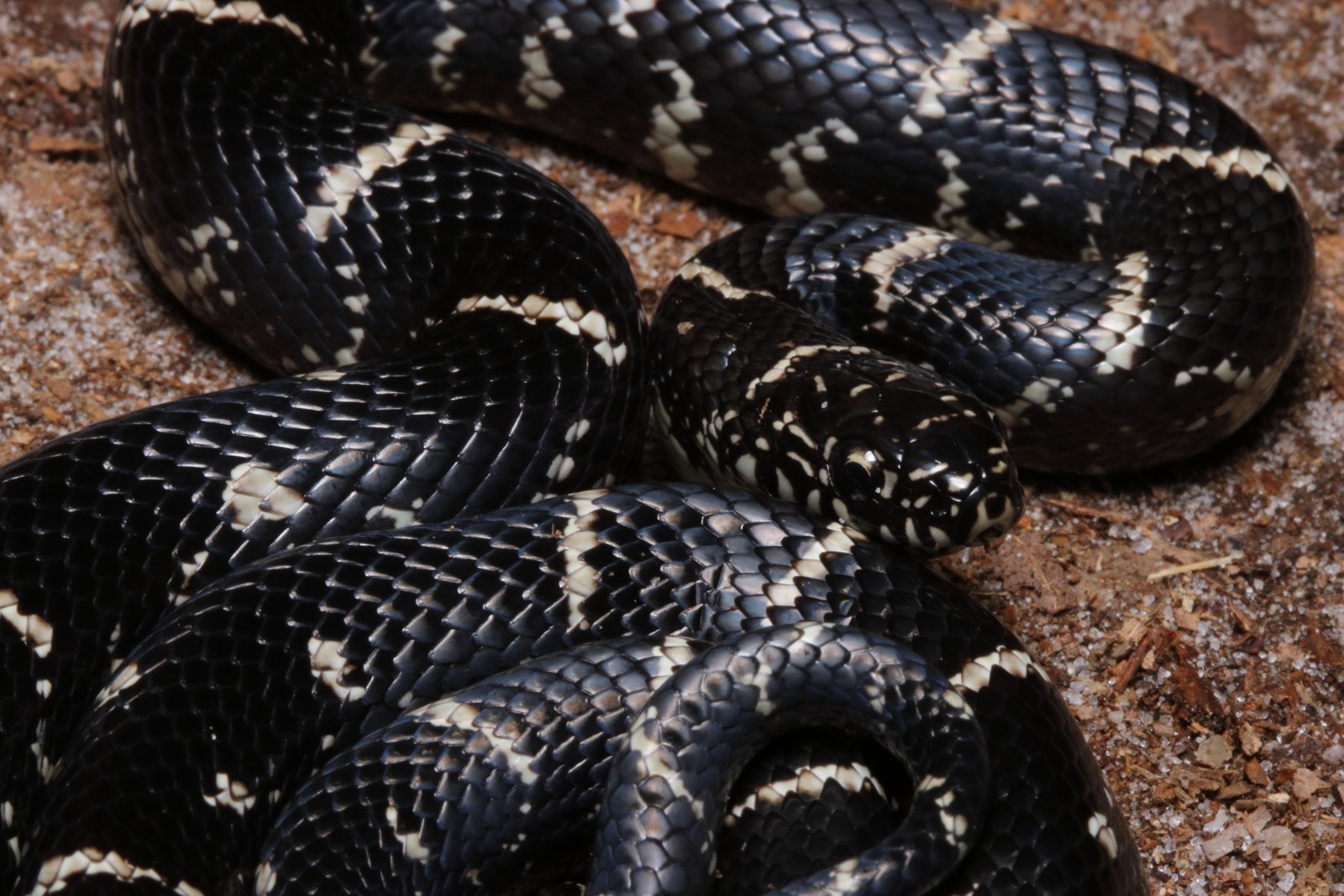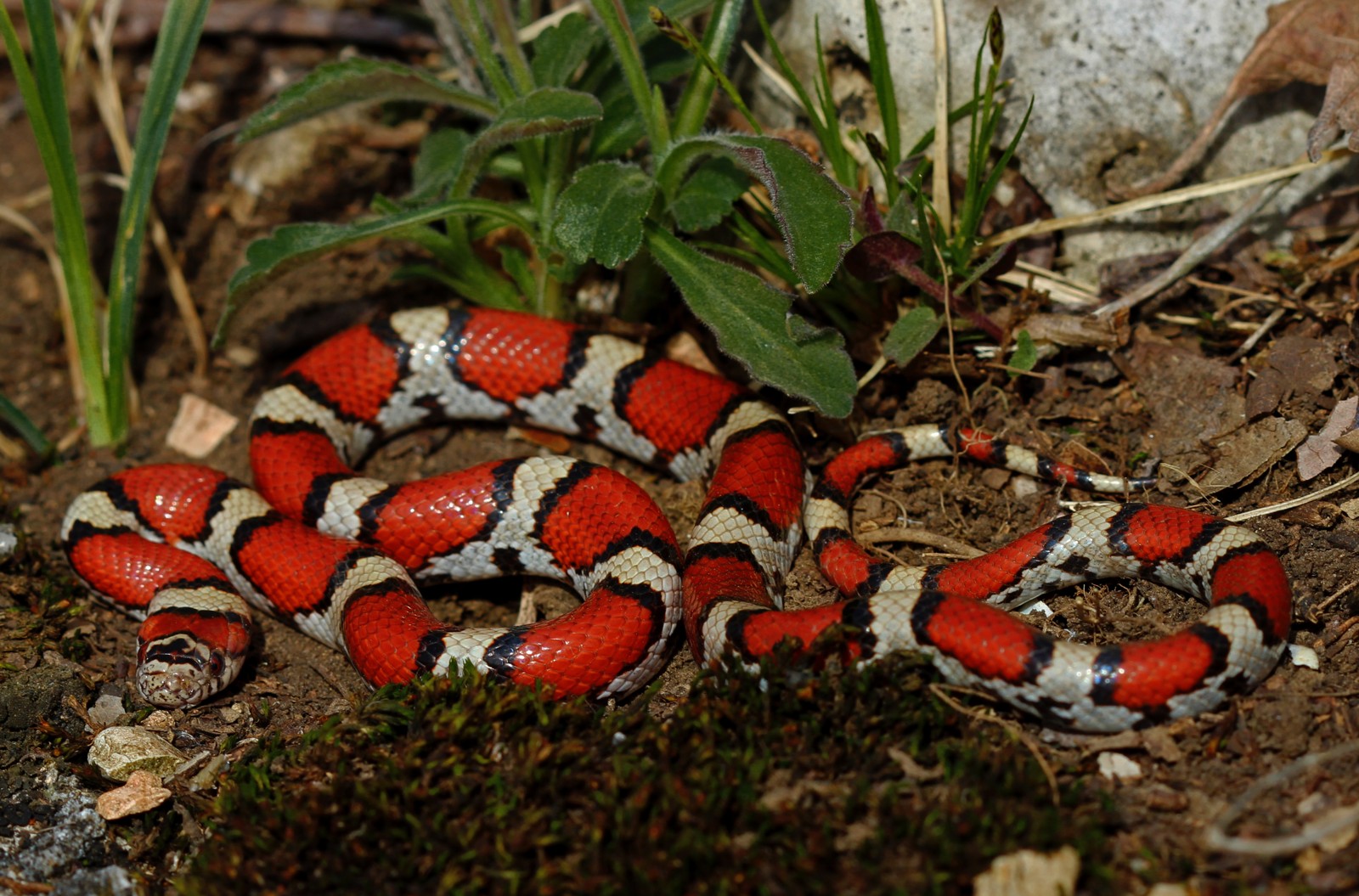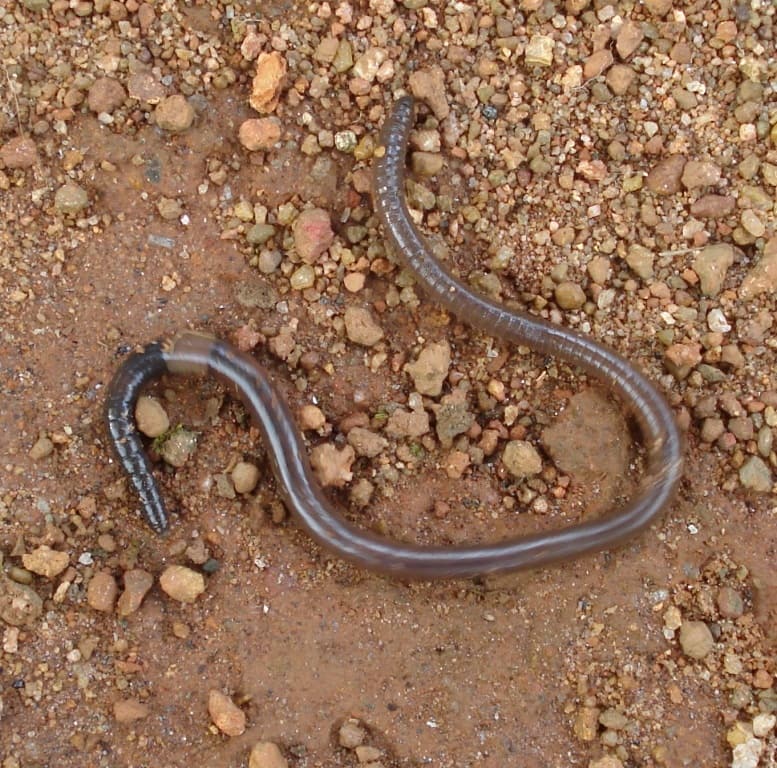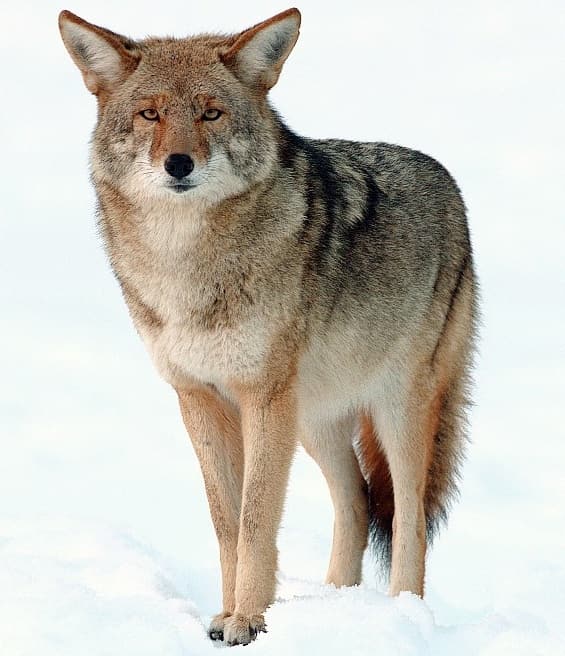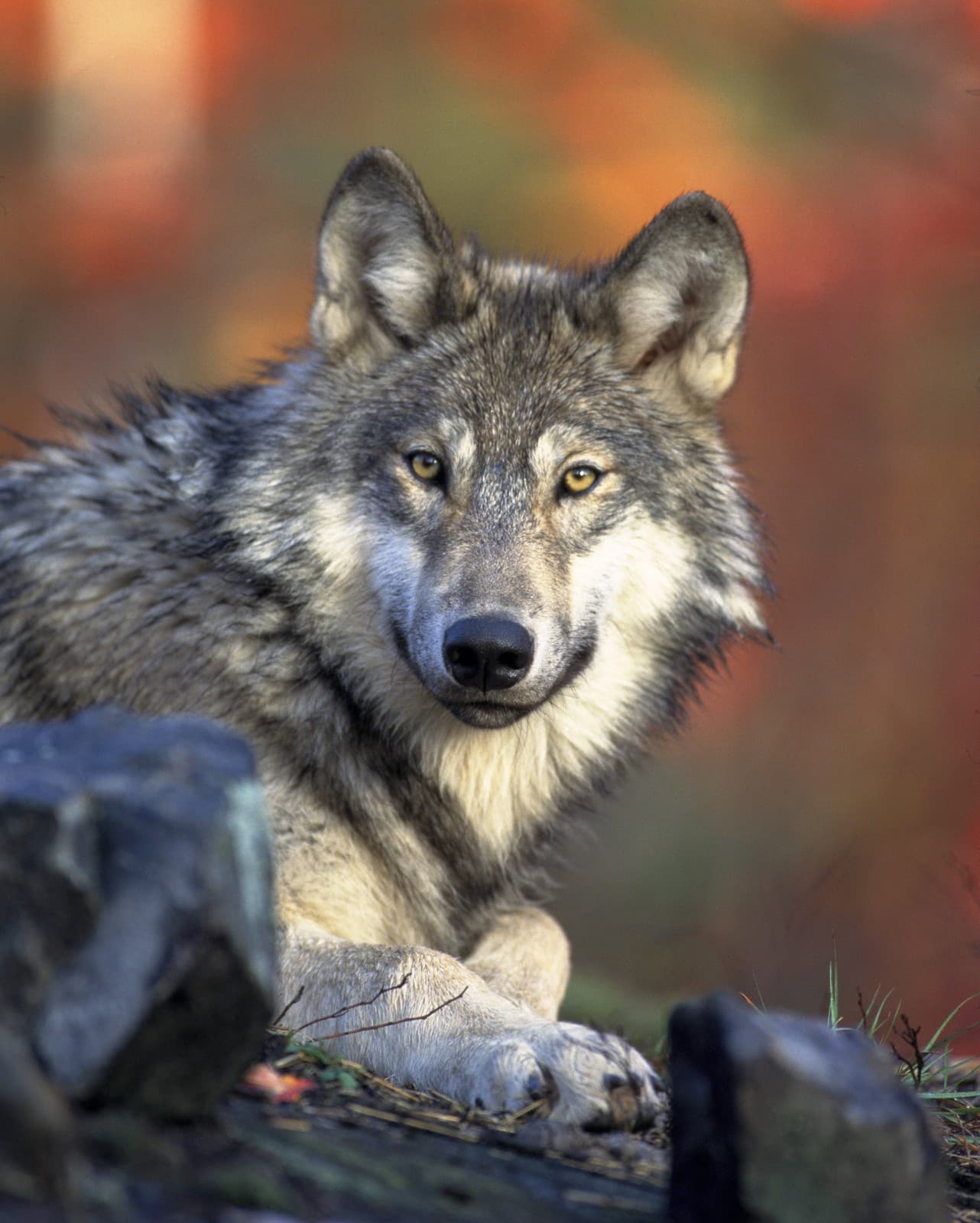Buffalo vs Bison: A Complete Comparison
While often confused, buffalo and bison are distinctly different animals that evolved on separate continents. True buffalo species, including the African Cape buffalo and Asian water buffalo, have no genetic relationship to the American bison, despite their similar massive builds. The American bison can weigh up to 2,200 pounds (998 kg), while African buffalo reach weights of 1,900 pounds (862 kg).
The most visible difference between buffalo vs bison lies in their head structure and horn configuration. Buffalo possess larger, smoother horns that often curve upward, while bison feature shorter, sharper horns and a distinctive shoulder hump that buffalo lack. These differences reflect their separate evolutionary paths and adaptation to different environments.
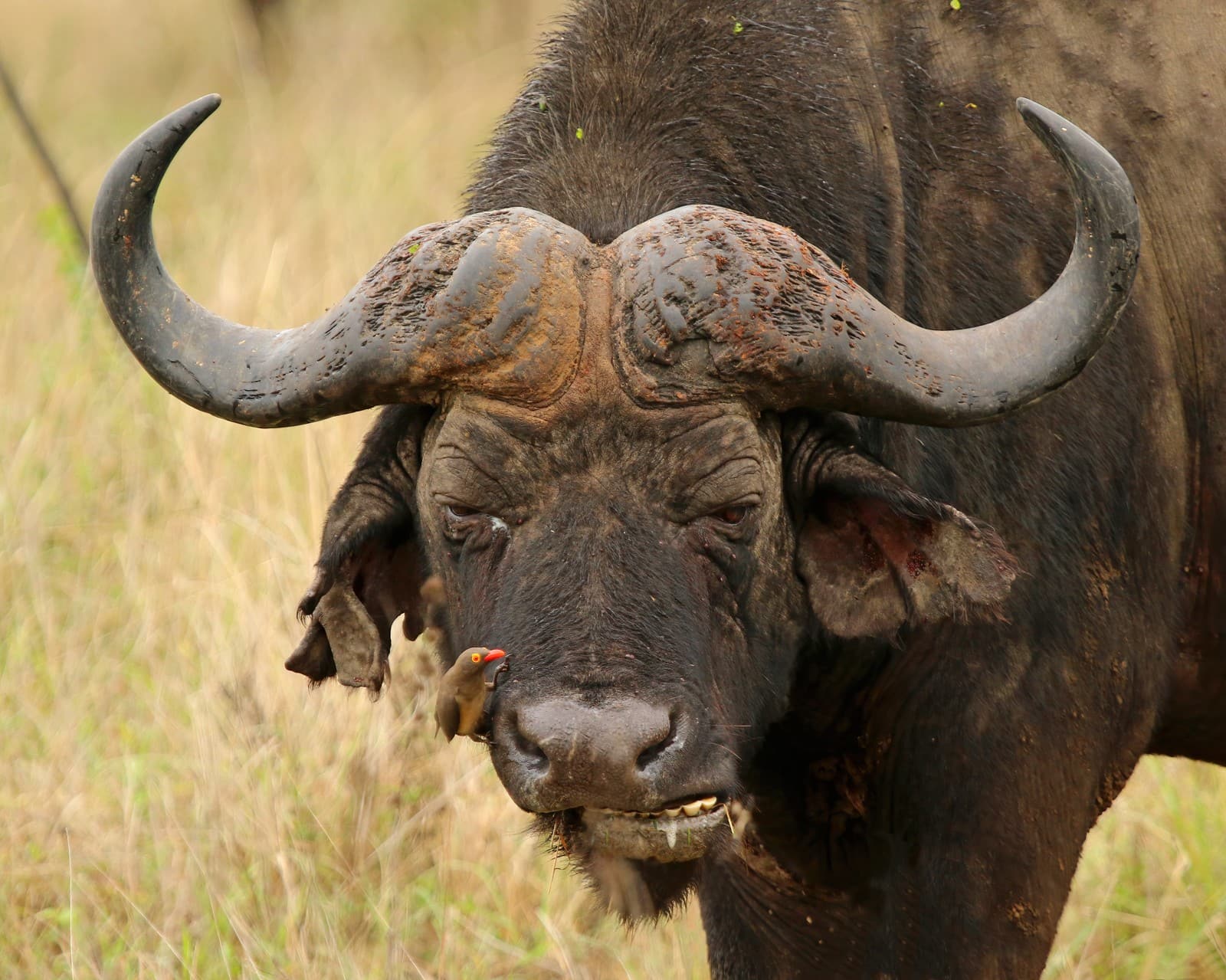
The African Cape buffalo, shown here, demonstrates the classic buffalo features: broad, curved horns that join in a protective boss across the forehead, and a more streamlined body profile lacking the pronounced shoulder hump characteristic of bison.
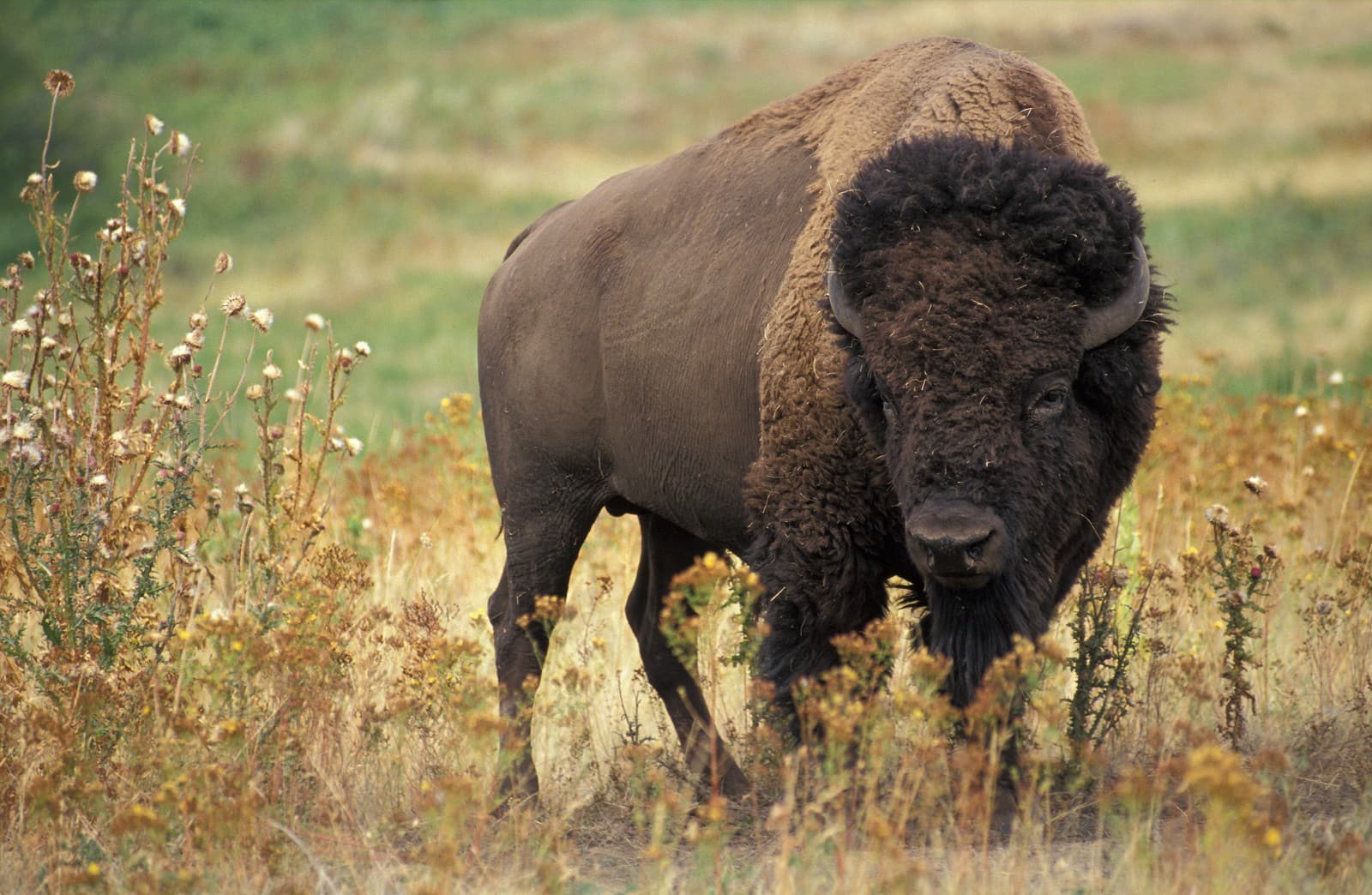
The American bison exhibits its signature features: the prominent shoulder hump, thick woolly coat, and shorter, sharper horns. These adaptations helped bison survive harsh North American winters.
Key Physical Differences: Buffalo vs Bison
| Feature | Buffalo | Bison |
|---|---|---|
| Shoulder Profile | Flat, no prominent hump | Distinct shoulder hump |
| Horns | Larger, curved upward, heavy boss | Shorter, sharper, more pointed |
| Coat | Sparse, coarse hair | Thick, woolly, especially around head |
| Size | Up to 1,900 lbs (862 kg) | Up to 2,200 lbs (998 kg) |
| Habitat | African savanna/Asian wetlands | North American prairies |
| Beard | None | Long beard present |
Habitat and Distribution
Buffalo species primarily inhabit Africa and Asia, with the Cape buffalo roaming African savannas and the water buffalo native to Asian wetlands. Bison, conversely, are found in North America, where they once numbered in the millions across the Great Plains. Today, wild bison populations exist in protected areas like Yellowstone National Park.
Behavioral Differences
African buffalo are known for their aggressive temperament and strong herd dynamics, often forming groups of hundreds or even thousands. They’re considered one of Africa’s most dangerous animals, known to actively defend against predators. Bison, while equally impressive in size, typically form smaller herds and generally avoid human contact, though they can be extremely dangerous if threatened.
Who Would Win in a Fight?
When comparing buffalo vs bison in theoretical combat, size and aggressive tendency are key factors. African Cape buffalo, weighing up to 1,900 pounds (862 kg), are generally more aggressive and regularly face off against lions. American bison, despite their slightly larger size at 2,200 pounds (998 kg), typically avoid confrontation. Given the Cape buffalo’s more aggressive nature and defensive horn structure, they would likely have an advantage in a direct confrontation.
Conservation Status
Both buffalo and bison face significant conservation challenges. While African buffalo populations remain relatively stable, Asian water buffalo are considered endangered in their wild form. American bison, once nearly extinct with fewer than 1,000 individuals in the late 1800s, have recovered to about 500,000 today, though only about 30,000 are in conservation herds.
Common Misconceptions
The term “buffalo” is often incorrectly applied to American bison, particularly in popular culture and historical references like “buffalo soldiers” or “buffalo nickels.” Scientifically, true buffalo species belong to different genera than bison. The confusion likely arose from early European settlers who mistakenly applied the familiar term “buffalo” to the similar-looking bison they encountered in North America.
